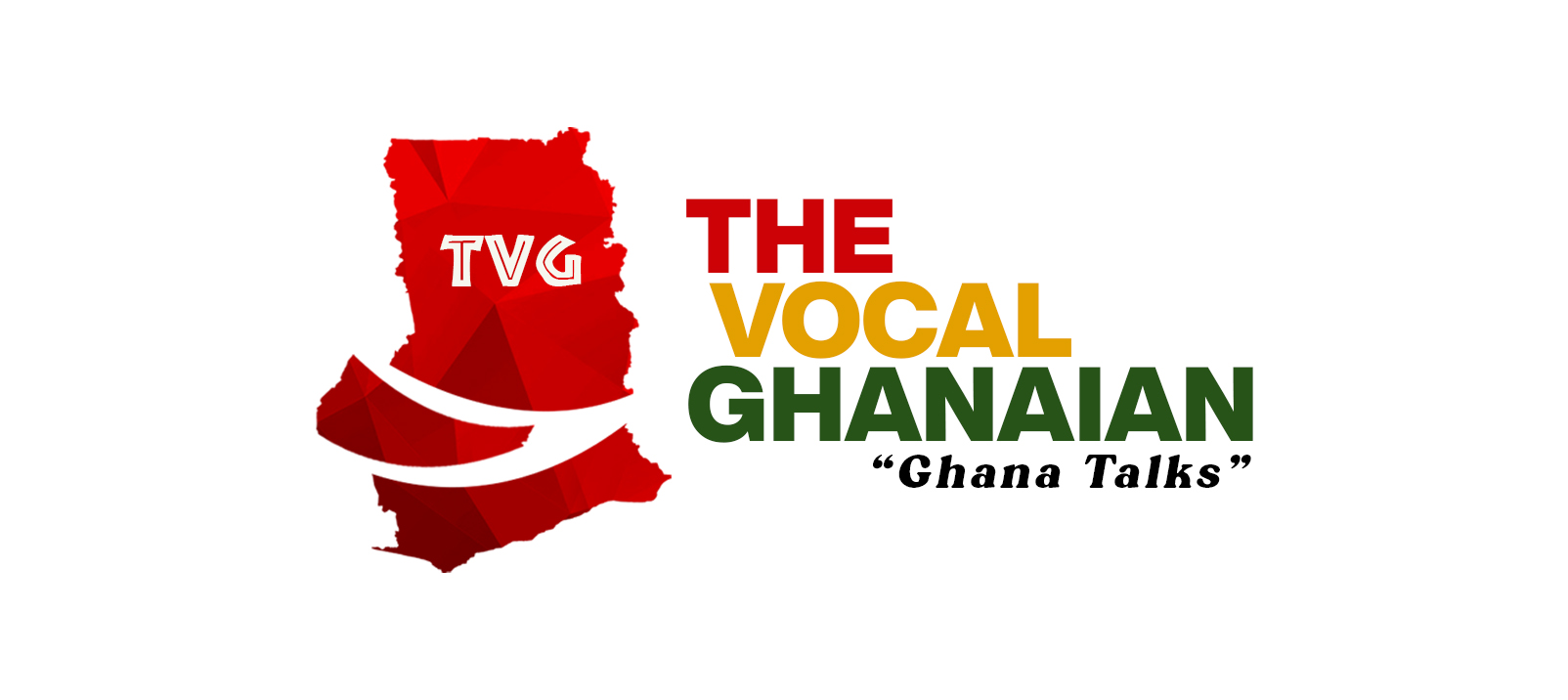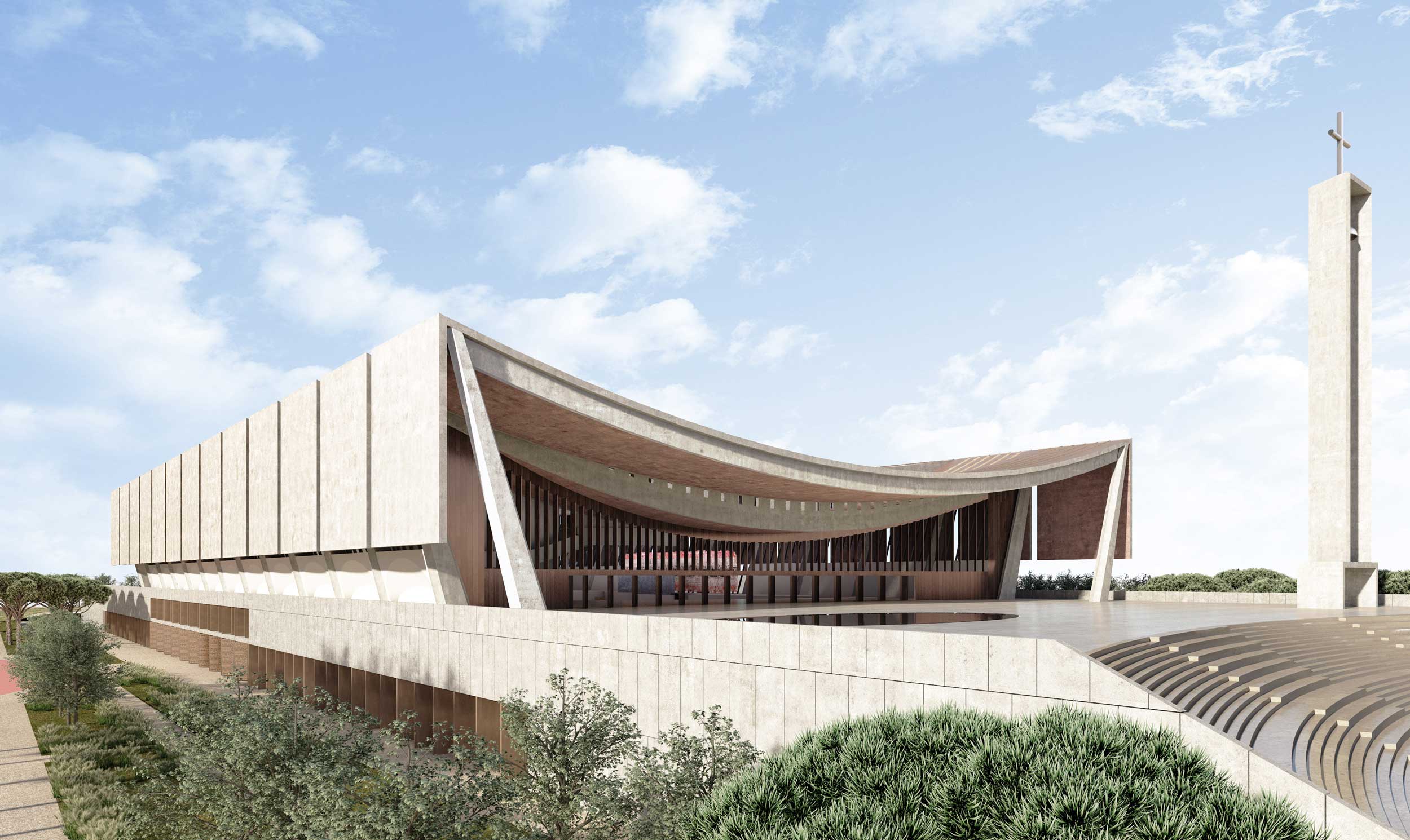In its most recent policy statement, the IMANI Centre for Policy and Education noted significant difficulties with the National Cathedral project. The text veers off course from the project’s core political and moral challenges and concentrates on questions bordering on procurement, viability, and sustainability. It also calls into doubt the project’s socioeconomic justification.
The multi-denominational cathedral, which is slated to include chapels and a baptistery in addition to an auditorium with 5,000 seats, has drawn criticism from a number of organisations and individuals. According to the President, the contentious project fulfils a promise he made to God before the 2016 election. The ten issues outlined in IMANI’s document are as follows:
Challenge One: Value Proposition
Ghana already has 40 orthodox/traditional cathedrals and 120 cathedral-scale worship centres. There is almost no native religion complex worthy of a visit. Komfo Anokye’s hometown has been completely neglected as have the Sakumono & Korle shrines.
Challenge Two: Communal Commitment
Why isn’t the Christian Community, its philanthropic allies and the faithful taking responsibility for building an extra “cathedral” if indeed they are as supportive as the government claims they are? The National Ecumenical Center in Nigeria was started in 1989 and completed in 2005. In 2004, Christians raised 3 billion Naira, which was then a reasonable $23 million.
Challenge Three: Conceptual Confusion
Even before construction reached ground level, costs had swollen from $100 million to $400 million. This is a clear and incontrovertible sign that the project was poorly designed from the start and the very concept mired in sheer confusion.
Challenge Four: Financial Opacity
From an initial estimate of $100 million, the financial commitment climbed to $190 million, then $250 million. Late last year, it was said to be $350 million. And now, according to the General Counsel of the lead contractor, it is $400 million. None of the justifications for these estimate revisions has been shared.
Challenge Five: Disregard for The Law
The government disregarded the law by sole-sourcing the project to Adjaye. The failure to disclose the full set of financial commitments, disbursements and liabilities to Parliament.
Challenge Six: Potential for Interfaith Discord
The plan to hold civic ceremonies in the planned Ghanaian “National Cathedral” suggests a privileging of Christianity over other faiths.
Challenge Seven: Categorical Confusion
“Cathedral” is a technical term; churches with an episcopal hierarchy build cathedrals. It is NOT a generic Christian term. A cathedral is the SEAT OF A BISHOP. Ghana has no “National Bishop”. There is NO established church so there cannot be a “National Cathedral”. The building itself should have been owned by a statutory body and operated by a chaplaincy system established by the Christian churches
Challenge Eight: Massive Upfront Payments
Adjaye has received pay that is at least three times higher than what local professional regulators consider to be fair and four times higher than the median rate in the UK, where he primarily practises.
Challenge Nine: Inflated Architectural & Design Costs
Given his 20-year industry record, it is noteworthy that Ghanaian public institutions will, since 2018, suddenly start awarding large contracts to Adjaye without any design competitions or even basic tenders taking place
Challenge Ten: Preposterous Cost-Benefit Analysis
The government has entered into secret pacts with the Museum of the Bible (MOTB), Nehemiah Group, and Cary Summers for assistance in developing Christian tourism around the National Cathedral.
All these issues raised by IMANI in its policy statement are valid and must be carefully considered. Ghanaians should rally behind IMANI in their effort to safeguard the national resources and to hold the government accountable for their actions. The national Cathedral should be an asset for the nation and certainly not a liability.

